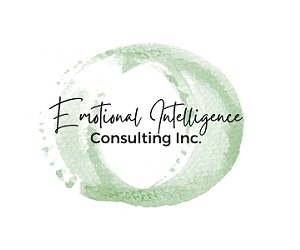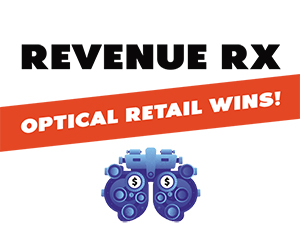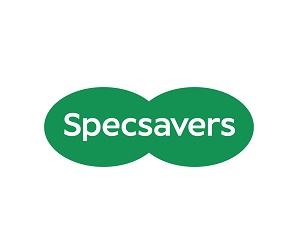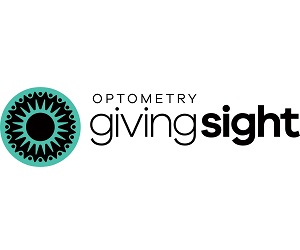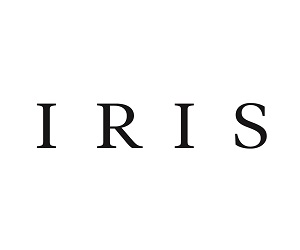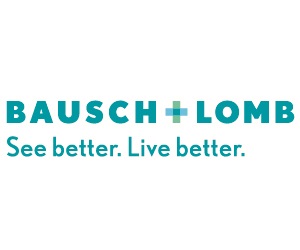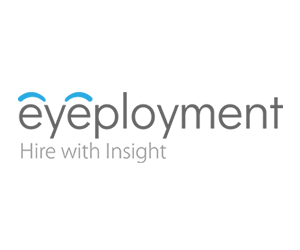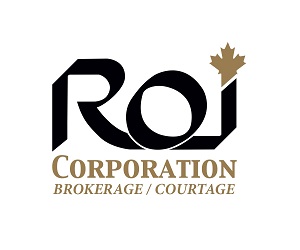
Annually we take our corporate financial documents to the accountant and about 90 days later we return to pick up the financial statement. We meet with the accountant who highlights a few aspects, tells us how much tax we owe and present their invoice for payment. Often we walk out thinking “I have no idea what he was talking about”. We proceed to pay the taxes and the invoice and then file the package away until next year.
The reality is that to be an effective business owner and build up a practice that have value beyond you being the doctor, you need to understand the document.
When you measure something you begin to have control over it. You have the ability to impact change and increase the value of what is likely your largest material asset.
So today, a quick preliminary lesson on your corporate financial statement.
The Balance Sheet
This is the overall financial picture of your business. It represents your assets (good things the business has) and your liabilities (the money you owe).
To make these two numbers match, the shareholder’s equity/deficit section includes the retained earnings (deficit). This is how the balance sheet balances what you have in the business.
Assets
Assets are typically separated into Current Assets, Long Term Investments, and Property & Equipment.
Current assets are those items that are typically easily accessible or readily available to turn into cash. This section will include the money you have in your bank accounts at year end (cash) and the money other people owe you (accounts receivable). Here is where you will also find your inventory value.
Other assets will typically make reference to “Notes”. The Notes section is where additional details are laid out related to the items listed. On the Asset side, these often include any long-term investments like the art you may have on your office walls, and corporate owned life insurance cash values.
Corporate owned marketable securities (investments) will also be listed in one of these categories.
Property & Equipment is sometimes listed as Capital Assets depending on the accountant. In any event, these are larger cost items that are subject to depreciation schedules. Depreciation is how the value of a capital asset is reduced over time as you use it. More details on the depreciation of an asset class can be found in the Notes to the Financials as well.
If you purchased the corporation from someone else, you likely paid a soft fee called Goodwill. Goodwill represents the value of the business that was attributed to the none-numerical value of the business assets at the time of purchase. This often represents the good reputation and value of repeat business for a corporation.
Liabilities
Liabilities refer to the money you owe, or in this case, the money your corporation owes someone else. This might include banks, yourself (shareholder loan), taxation, utility companies, etc. You get the idea.
Shareholder’s Equity
Shareholder’s equity is generally made up of two parts. Share capital refers to the amount of cash the shareholder’s paid to buy their shares of the corporation. For most of us, this is a nominal amount.
Retained earnings refers to the numerical value you have created in your company. If this is a deficit, it means you owe more than your company assets are worth. In other words, if you sold everything at current valuation, you would still have outstanding debt.
The Income Statement
This is where you will see the revenue that the corporation brought in during the past year. For most optometric practices, the cost of goods will be taken off this value to create what is called the Gross Profit, or “how much money you made before you had to pay for expenses”.
Operating expenses are then listed – either in alphabetical order (gosh I wish all accountants listed it this way), or from highest to lowest cost amount. There are general classifications of expenses that most accountants use based on the tax rules with each item.
Once you subtract out the expenses from your gross profit, you are left with “Earnings from Operations”.
Next comes the broad category of “Other Income” which typically represents revenue generated from your investments and any rental income you collected.
Note that rental income will appear here for most optometrists because being a landlord is NOT the main business of your corporation. These are listed separately because (a) they are not derived from the active business activities of the corporation, and (b) because they are taxed at a different rate.
This brings you to “Earnings before Income Taxes”, then “Income Taxes” and finally “Net Earnings” or “Net Income”. This is the final measure of how profitable your business was during the year.
Bank Accounts
So how come the “net income” amount isn’t what is in your bank account?
Glad you asked. The biggest reason is often that net income is impacted by “Amortization and Depreciation”, yet your bank account may have paid for the asset (think “piece of equipment”) with cash. Here is where we open up the conversation to leasing vs loan vs cash purchasing. That is a bigger topic for another day.
Dividends
If you elect to take dividends (profits) out of your company, these will be deducted from your net income, after taxes are paid, and will appear on your financials before the balance of your earnings are counted towards your retained earnings on the balance sheet.
Notes to Financials
The notes section should provide additional details about various line items on both your balance sheet and income statement. They will outline the total cost of equipment, how much has been claimed under depreciation, and what the net value of that equipment is now. These are generally lumped into different categories based on their tax treatment.
Computer equipment for example, depreciates at a much quicker rate than optometric equipment, because computers have a very limited life span on them. Having said that, even if your exam room equipment has been depreciated down to $1, it likely still has a greater resale value.
The net book value simply refers to the value of the asset from a tax perspective. Generally speaking however, if the net book value of an asset is $1, that might be all someone is willing to pay you for it. And then we come to the subject of determining a selling price for your practice, another big topic!
Advisory
As your Chief Financial Officer, I’m here to help you understand the money things in your business and personal life.
Have more questions than answers? Educating you is just one piece of being your personal CFO that we do. Call (780-261-3098) or email (Roxanne@claritywealthadvisory.ca) today to set up your next conversation with us.
Roxanne Arnal is a former Optometrist, Professional Corporation President, and practice owner. Today she is on a mission Empowering You & Your Wealth.
These articles are for information purposes only and are not a replacement for personal financial planning. Everyone’s circumstances and needs are different. Errors and Omissions exempt.

ROXANNE ARNAL,
Optometrist and Certified Financial Planner
Roxanne Arnal graduated from UW School of Optometry in 1995 and is a past-president of the Alberta Association of Optometrists (AAO) and the Canadian Association of Optometry Students (CAOS). She subsequently built a thriving optometric practice in rural Alberta.
Roxanne took the decision in 2012 to leave optometry and become a financial planning professional. She now focuses on providing services to Optometrists with a plan to parlay her unique expertise to help optometric practices and their families across the country meet their goals through astute financial planning and decision making.
Roxanne splits EWO podcast hosting duties with Dr. Glen Chiasson.












